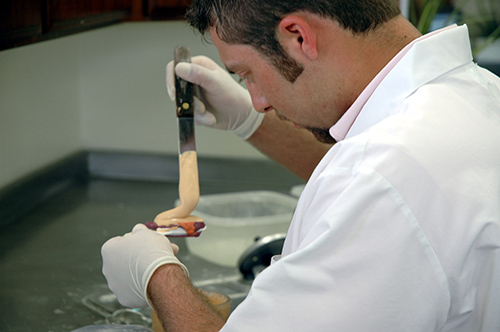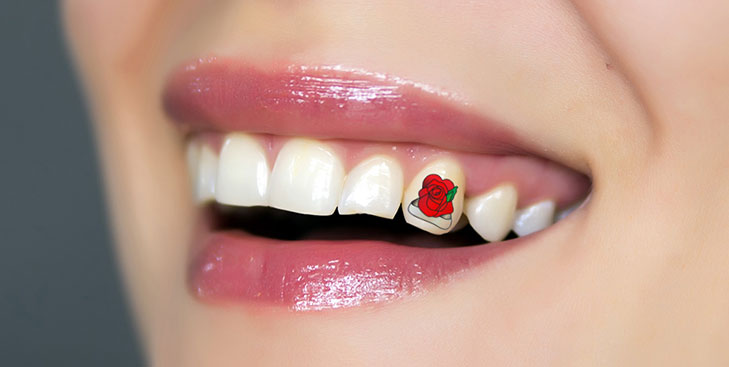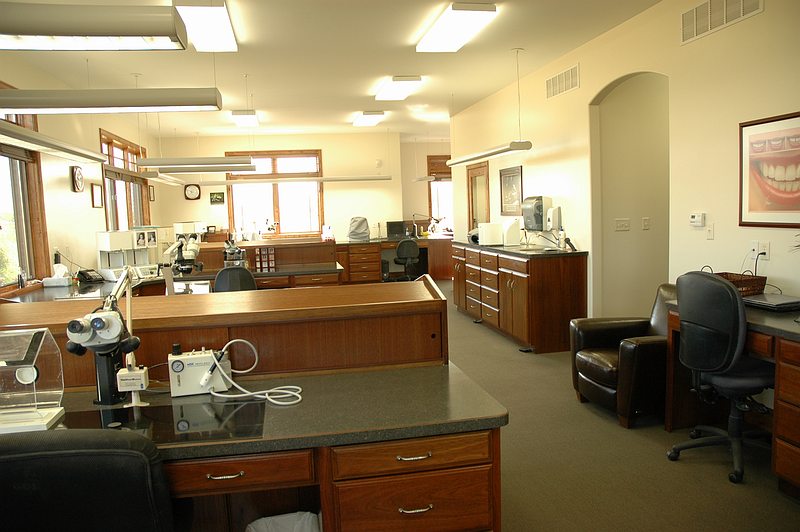A recent Inside Dental Technology publication did an excellent job thoroughly explaining the importance of understanding the fundamental components of tooth form, size, shape, and function, especially as it relates to advances in digital dentistry and other aspects of cosmetic dentistry. As the dental lab industry continues to see a shortage in well-educated and trained dental technicians, these fundamental concepts become even more imperative to grasp.
The Effects of CAD/CAM Technology on Dental Labs
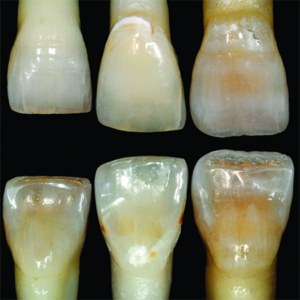 Technology is wonderful and i shudder to think where I might personally be without some of the tech I rely on daily. However, even the best tech comes with pros and cons. So it is with the dental industry. From a patient’s perspective is it convenient to do a one-time visit for a crown or some other type of cosmetic dentistry, but what if the dental assistant that is milling the crown really has no core understanding of why a tooth is shaped the way it is, or how it specifically functions as part of the entire chewing? As Steve McGowan points out, this is becoming more and more commonplace in dental offices around the U.S. and globally.
Technology is wonderful and i shudder to think where I might personally be without some of the tech I rely on daily. However, even the best tech comes with pros and cons. So it is with the dental industry. From a patient’s perspective is it convenient to do a one-time visit for a crown or some other type of cosmetic dentistry, but what if the dental assistant that is milling the crown really has no core understanding of why a tooth is shaped the way it is, or how it specifically functions as part of the entire chewing? As Steve McGowan points out, this is becoming more and more commonplace in dental offices around the U.S. and globally.
While the entire study is great for in-depth understanding, sometimes the abbreviated version can be much easier to digest. With that in mind let’s review some of the most important facts and findings of the research, which studied 600 teeth.
Anterior Teeth
After measuring, comparing, and documenting anterior tooth measurements with histograms, it was evident that there is a wide variety of size and length. This is certainly not a “one size fits all” situation.
The Mastication System
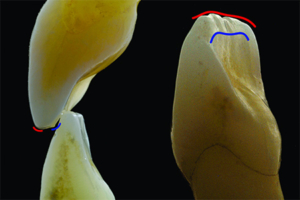 Anterior teeth are a vital part of a very complex chewing (mastication) system. And integral to the role the teeth play in this system is their shape. Some of the other elements of this system are the bones. Muscles, and TMJ ligaments. With so many working parts it makes it that much more important to understand how a tooth’s shape affects the overall chewing function.
Anterior teeth are a vital part of a very complex chewing (mastication) system. And integral to the role the teeth play in this system is their shape. Some of the other elements of this system are the bones. Muscles, and TMJ ligaments. With so many working parts it makes it that much more important to understand how a tooth’s shape affects the overall chewing function.
Appearance
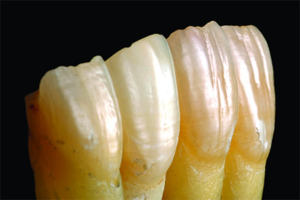 The appearance of a tooth, or set of teeth, is determined by more than just the color alone. In fact, light plays a large role in the overall appearance of a tooth. So naturally, when it comes to cosmetic dentistry, or restorative dentistry a keen foundational knowledge of how color and light affect the appearance of a tooth is vital in order to create an excellent match. Many restorative dental materials have properties that are intended to replicate or mimic certain properties of teeth, but are not a perfect solution. For example, some ceramic materials have crystalline structures that are predefined and thus do not scatter light in the same way a natural tooth would.
The appearance of a tooth, or set of teeth, is determined by more than just the color alone. In fact, light plays a large role in the overall appearance of a tooth. So naturally, when it comes to cosmetic dentistry, or restorative dentistry a keen foundational knowledge of how color and light affect the appearance of a tooth is vital in order to create an excellent match. Many restorative dental materials have properties that are intended to replicate or mimic certain properties of teeth, but are not a perfect solution. For example, some ceramic materials have crystalline structures that are predefined and thus do not scatter light in the same way a natural tooth would.
Tooth Composition
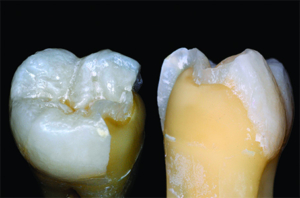 The average person may not realize it, but when they chew on food their teeth actually move. They can flex, expand and even contract. As a dental lab or a dentist, it is critical to understand this as it relates to the way a tooth is composed. The enamel and dentin of a tooth are separate materials with different purposes. Individually they would not be able to hold up with the rigors of constant or regular chewing. But because of the relationship they have to one another they end up being a quite extraordinary combination.
The average person may not realize it, but when they chew on food their teeth actually move. They can flex, expand and even contract. As a dental lab or a dentist, it is critical to understand this as it relates to the way a tooth is composed. The enamel and dentin of a tooth are separate materials with different purposes. Individually they would not be able to hold up with the rigors of constant or regular chewing. But because of the relationship they have to one another they end up being a quite extraordinary combination.
Summation
As the popularity on the one-time crown visits to the dentist increases, because of what technology allows, let us not lose site of the essential elements that make up the mastication system. This was simply the tip of the iceberg compared to the report by Steve McGown. However, hopefully it shines a bit of light on the importance of a quality dental lab with certified dental technicians that innately understand all things cosmetic dentistry.

